Update: This specimen was not a Bellerophon. It was a Pennoceras.
Bellerophon
488.3 to 251.3 MYA
Scientific Classification
Kingdom:
Animalia
Phylum:
Mollusca
Class:
Gastropoda
Order:
Bellerophontida
Family:
Bellerophontidae
Genus:
Bellerophon
Species:
de Montfort 1808
Catalog Number: CG-0106
The genus Bellerophon is chock full of different species. This particular specimen was found in the soft punky later over top of the limestone, right after I found a specimen of Pulchratia. I often find pieces of these, but nothing with detailed ornamentation like this example.
Next, I will have to determine the species. The Fossilworks website lists approximately 126 named species for Bellerophon. One avenue is to check local research from the Glenshaw formation or regional research from the Brush Creek Limestone and see if any have been reported with illustrations or photographs.
P. D. de Montfort’s Illustration from 1808
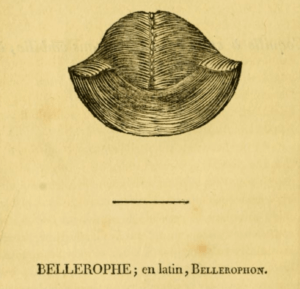
In 1808 at the age of 42, Pierre Denys de Montfort published what is known at the first written report of the genus. His publication, Conchyliologie systématique, et classification méthodique des coquilles (Systematic conchology, and methodical classification of shells) was an attempt at classification of shells. He calls this conchology, which appears to be an antiquated term in modern times. Interestingly, this was during the reign of Napoleon Bonaparte.
An illustration accompanies the listing, showing a wound shell that appears wider than my example. However, with this genus having so many different species, it’s likely correct. In his opening description, it calls it a shell rolled upon itself with a “very oval mouth”. This is very fitting.
Generic characters. Shell free, univalve, septate, rolled on itself and in a depressed spiral, forming the shuttle; the last turn containing all the others; very oval mouth, receiving in its middle the back of the shell j united partitions, pierced by a siphon.
Translated into English from P. D. de Montfort. 1808. Conchyliologie systématique, et classification méthodique des coquilles, Page 51
But it looks like a Cephalopod
That is quite true. It has the same coiled shell that a cephalopod possesses. With the fine ornamentation, I even considered this was an Ammonoid, but this appears to be very much a gastropod. Cephalopods have sections or septa in their shells which fill with gasses to float. A gastropod shell is just hollow all the way through. They don’t close off sections of the shell as it grows.
A long-lived genus
Going by the numbers on Fossilworks, the first examples of Bellerophon appear in the late Cambrian. It died out shortly after the Permian-Triassic Extinction in the Early Triassic period. This equals over 235 million years of time. From today, back to 500 million years ago, this little sea snail lived through about half of that time.


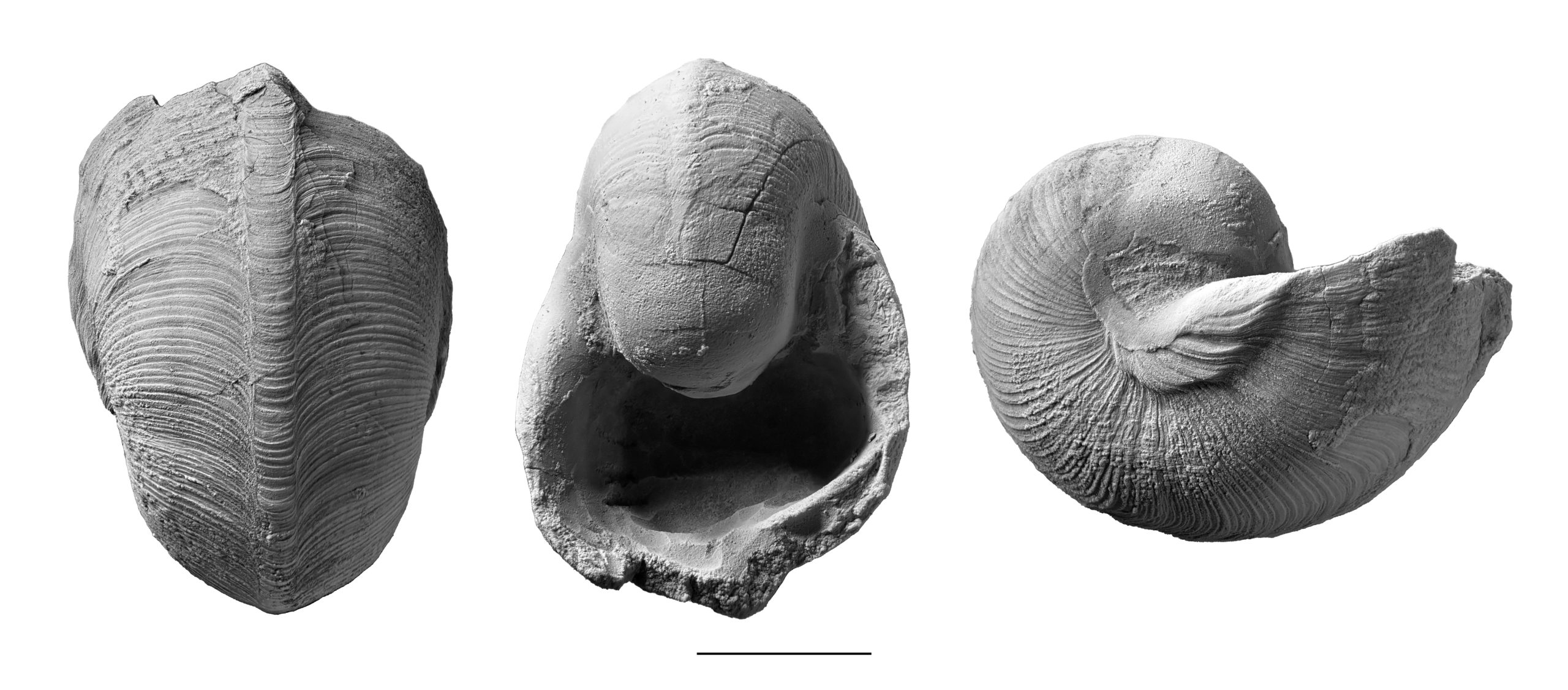
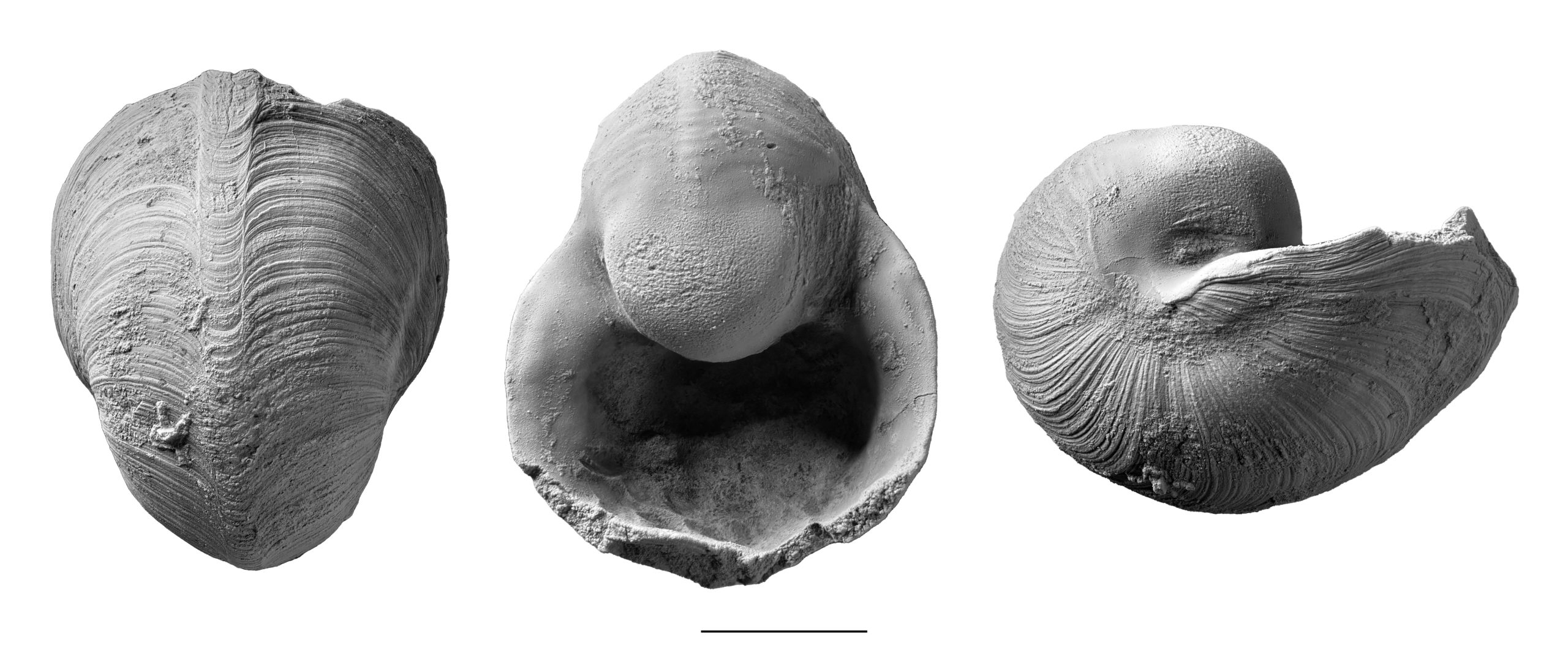
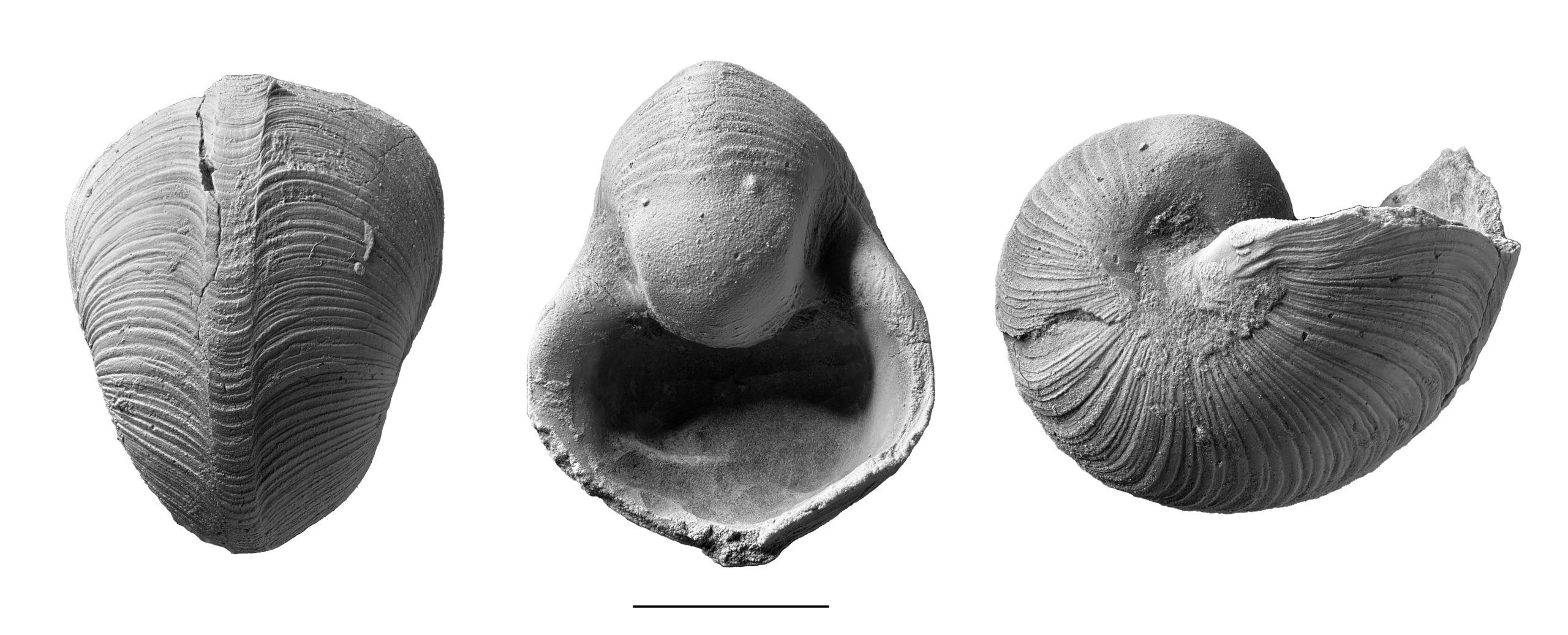
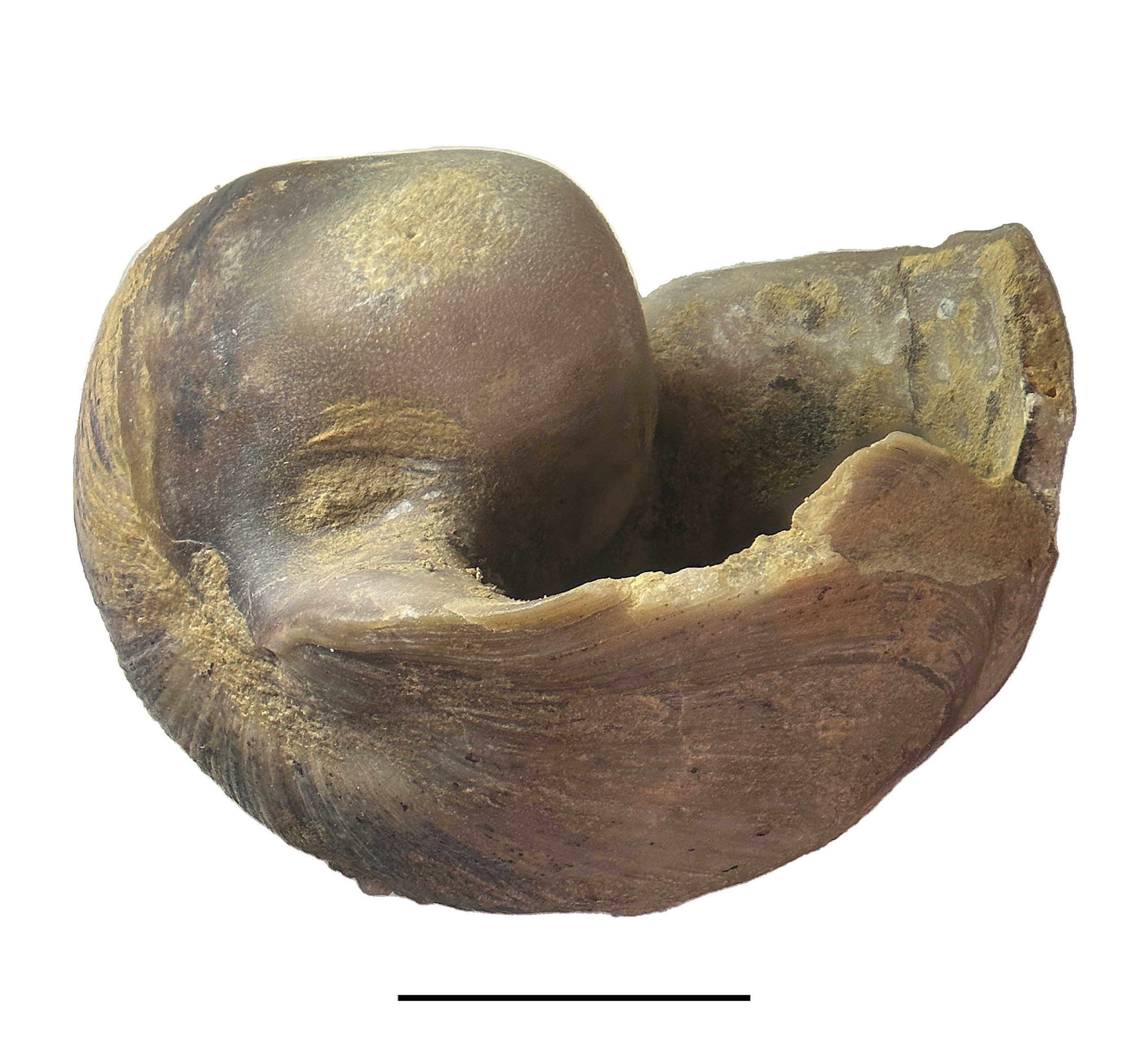
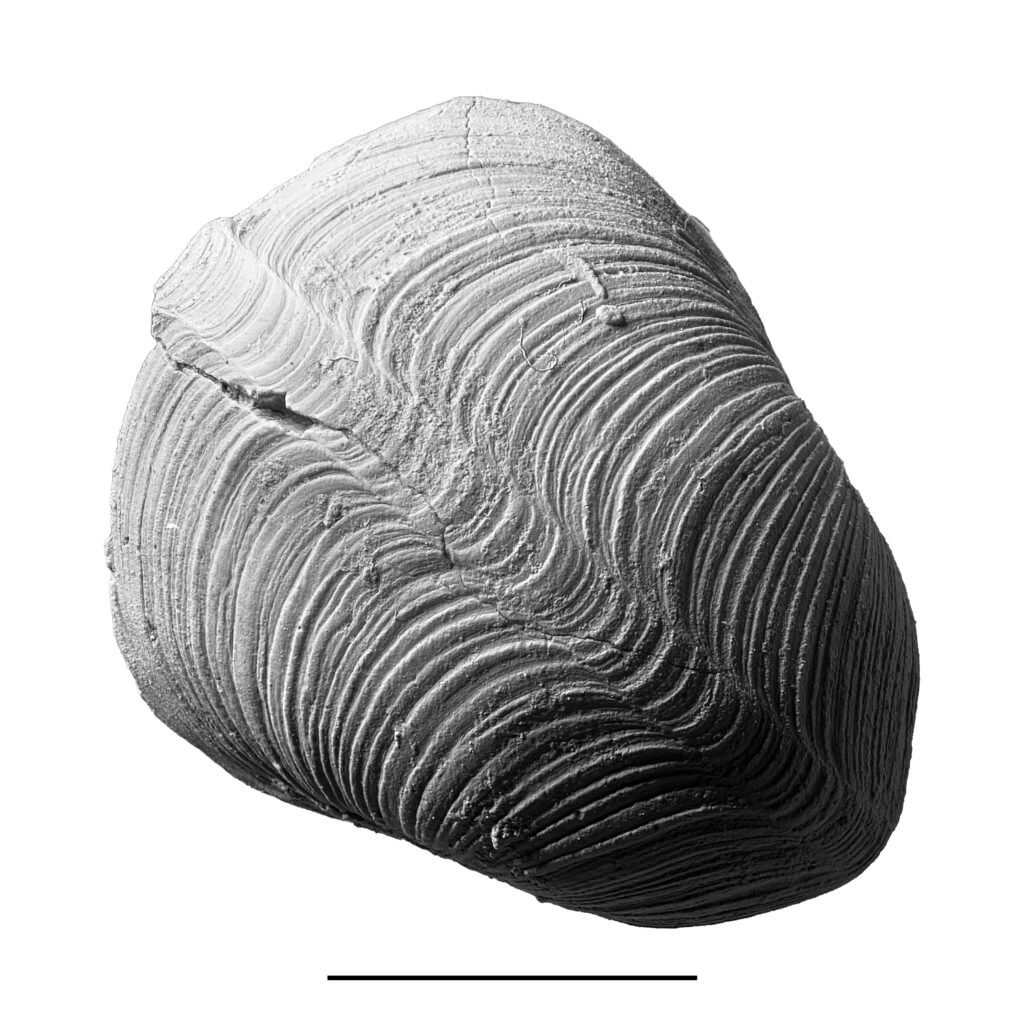
References
- 1808, P. D. de Montfort. Conchyliologie systématique, et classification méthodique des coquilles, Page 51
- Genus Wikipedia Page
- WTF Triassic – Bellerophon

